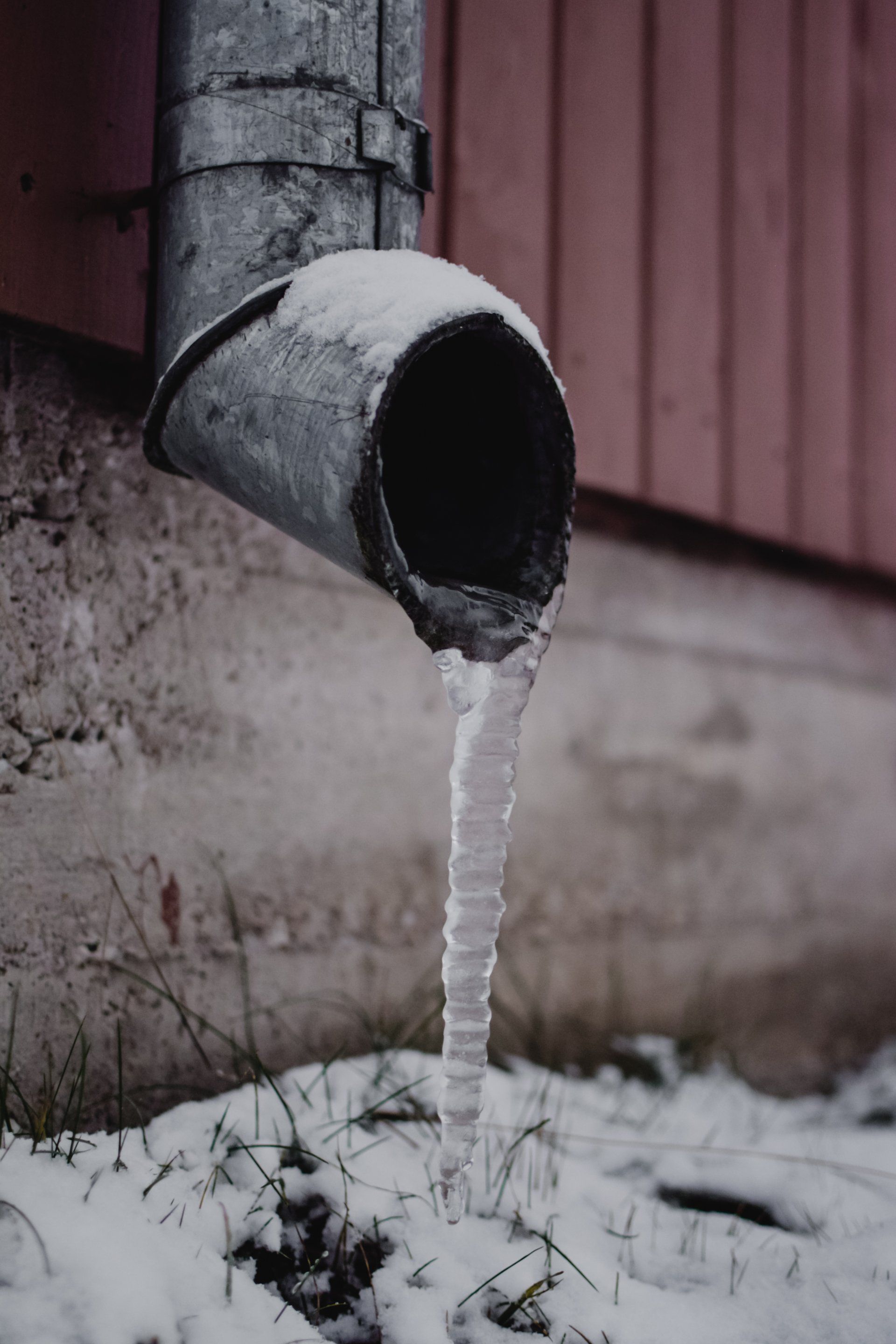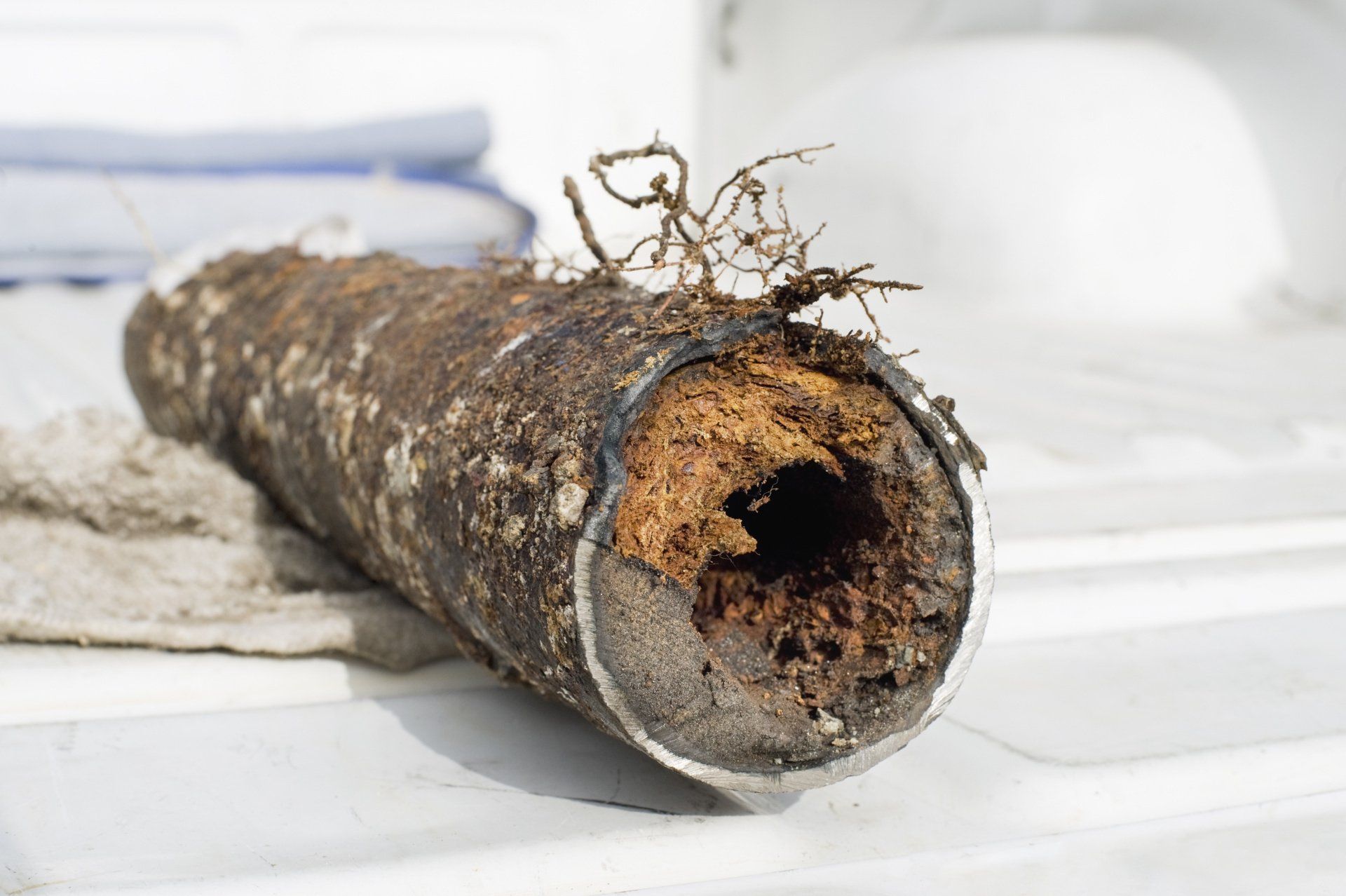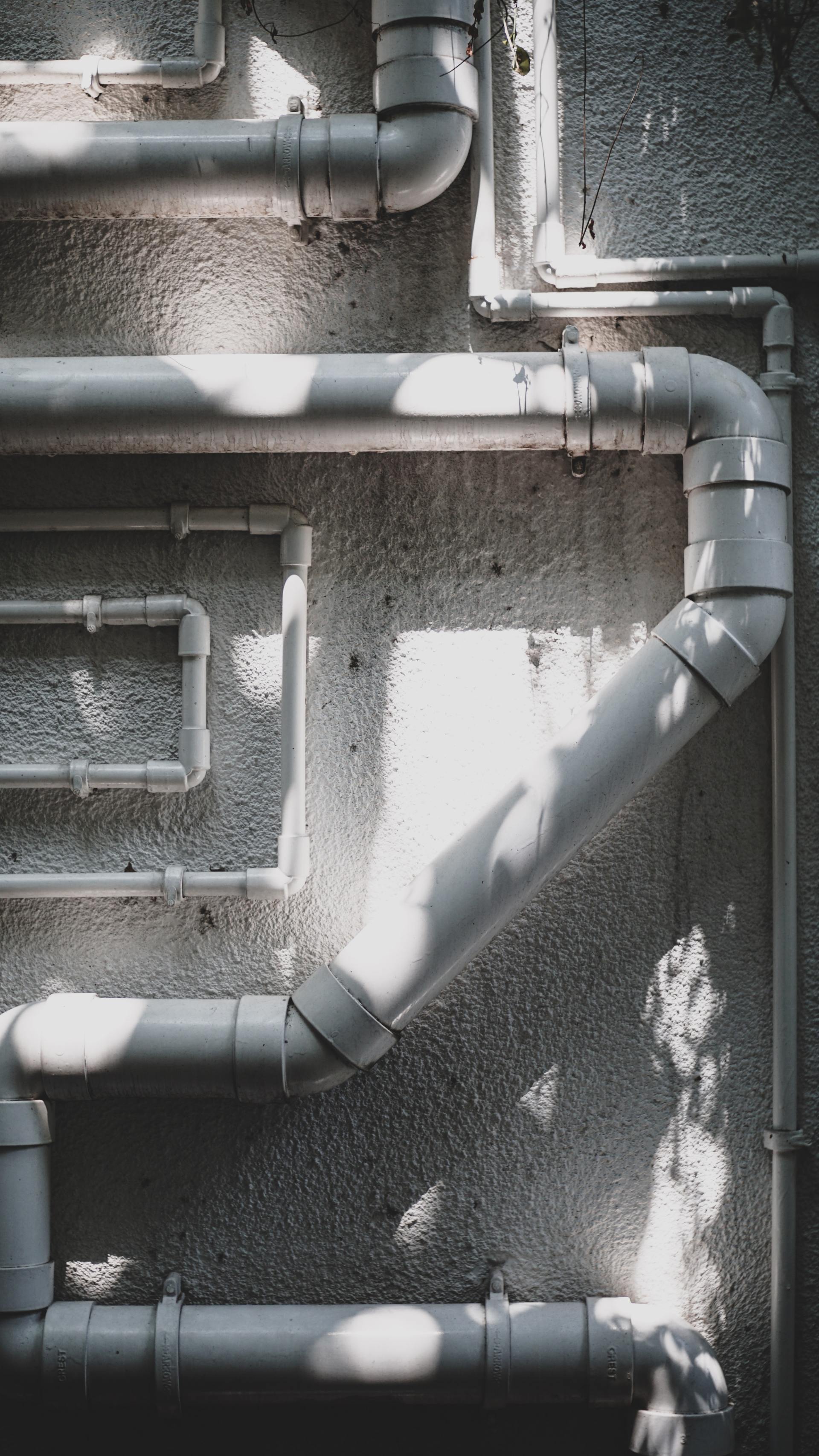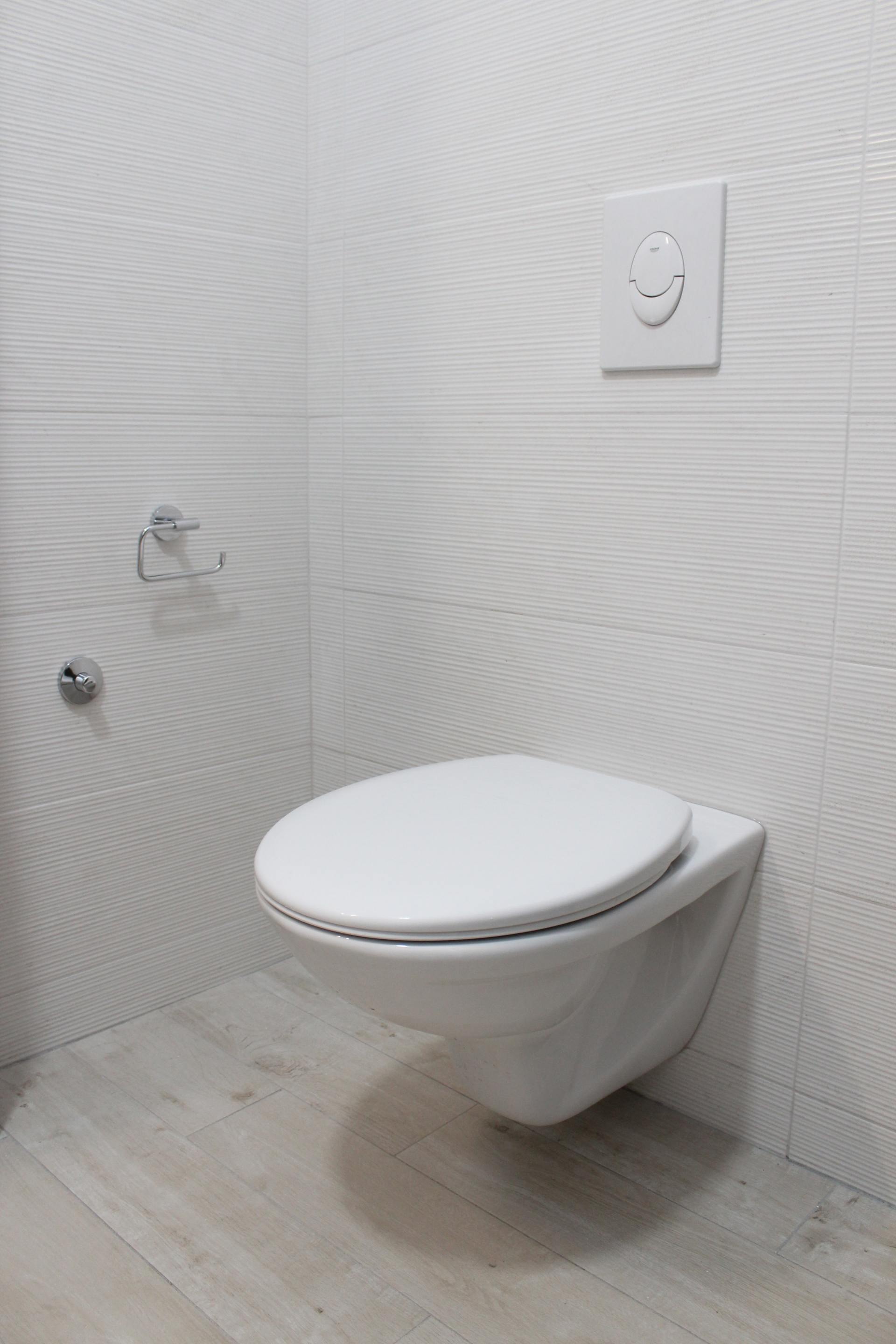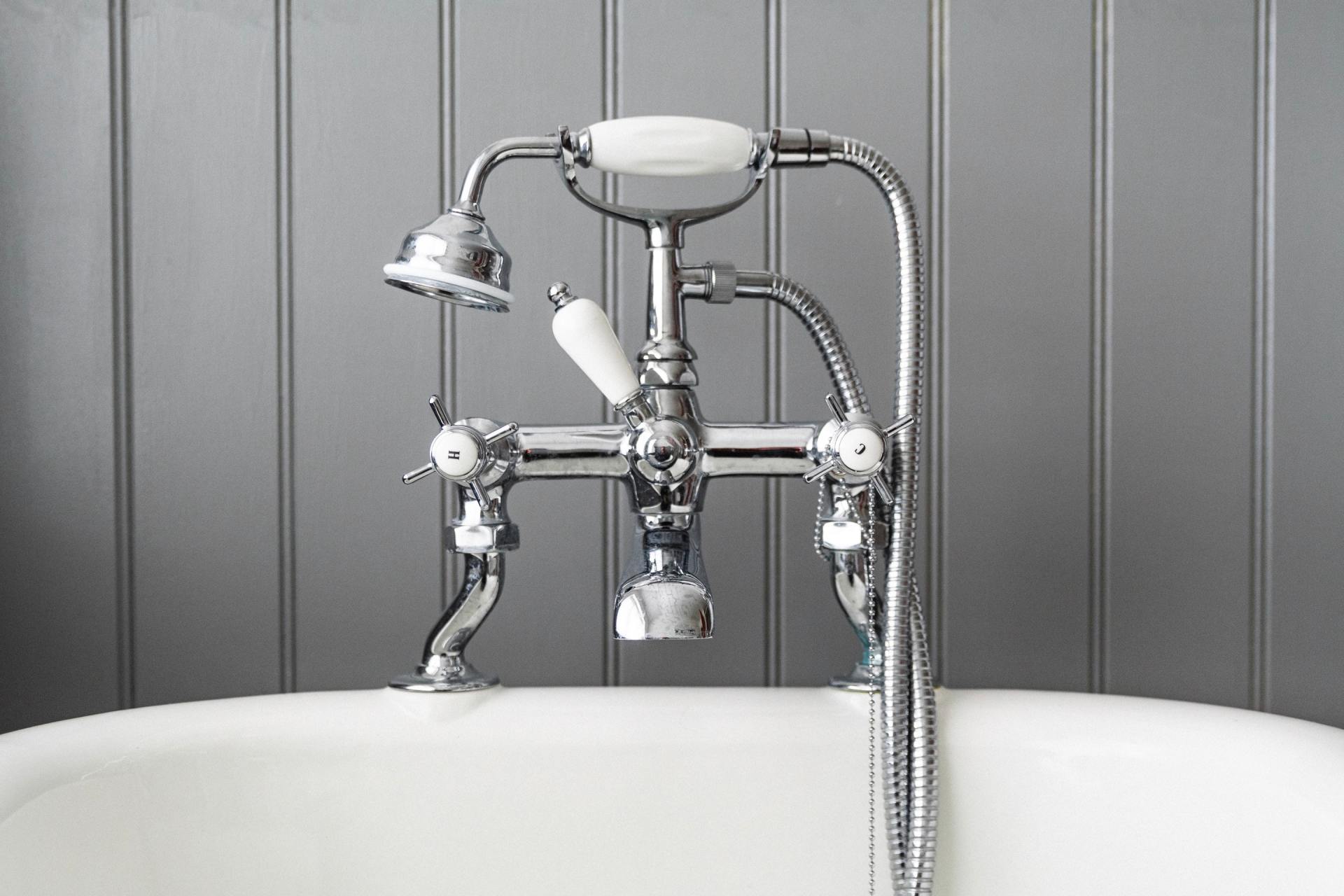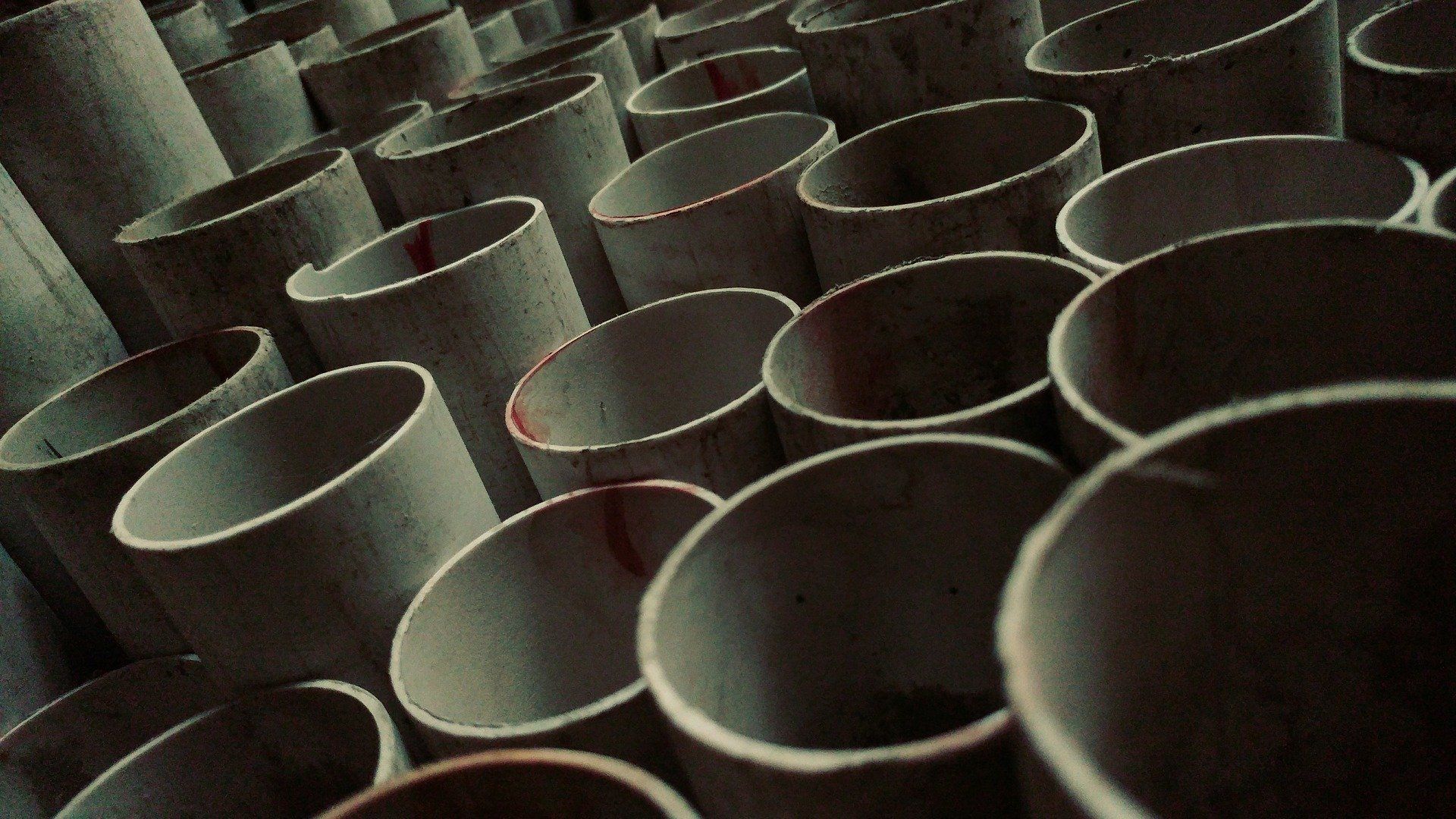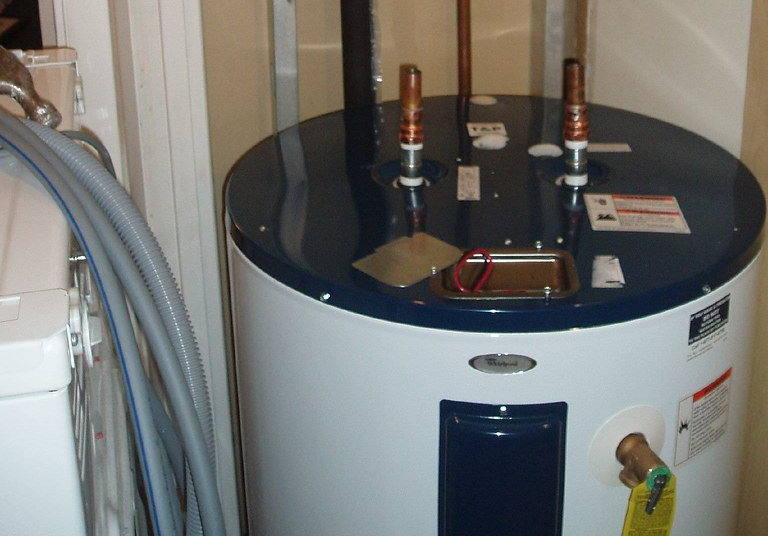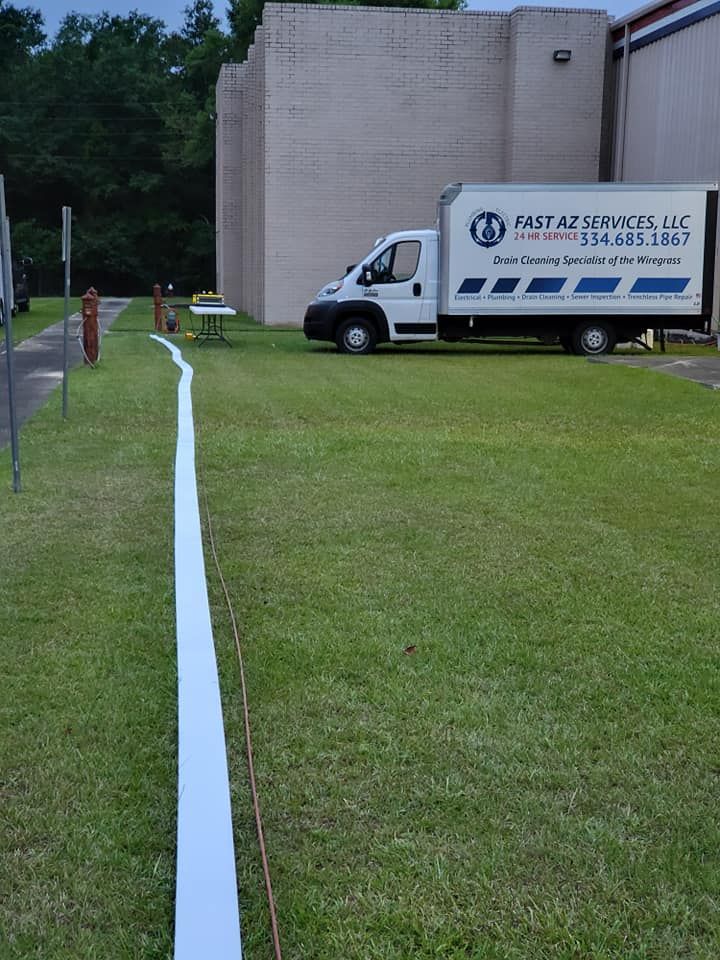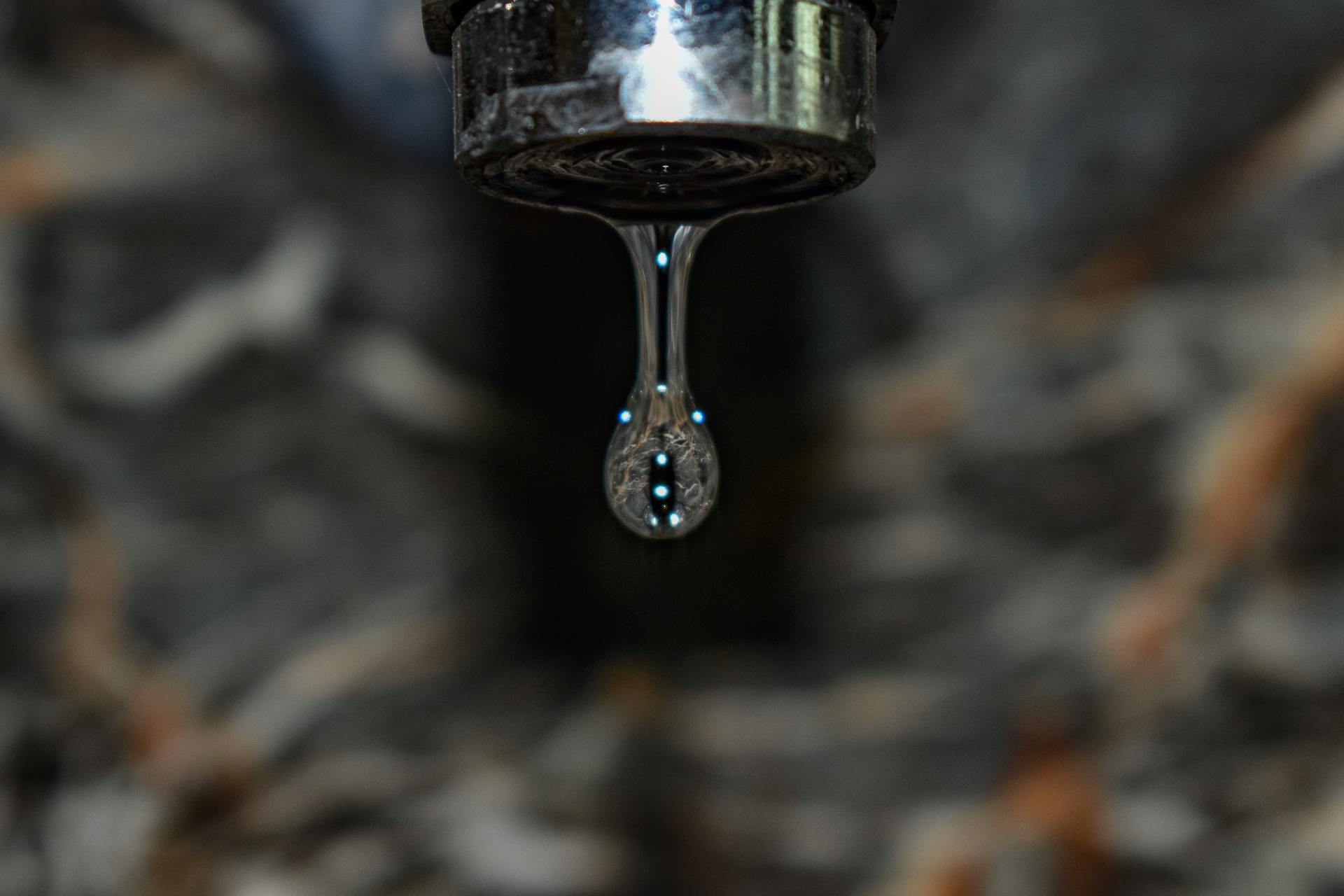Steps To Take If Your Water Heater Is Making Strange Noises
Do you hear strange sounds coming from your water heater? When you hear a popping or knocking sound, don’t worry, it is not going to explode. It is a sign that your water heater needs some attention. Over time, sediments form in the water heater as “scale” and build up in the tank. The scales become steam, which creates the knocking or popping sound. When it happens, it reduces the water heater’s efficiency and lifespan. You need to do regular maintenance to avoid this and prevent an early replacement of your water heater. In the long run, you can save money by avoiding expensive repairs as well.
How to maintain a water heater
It is recommended to flushthe water heater at least once a year to prevent sediments from building up. If it has been years since it was last flushed, it is best to call a professional plumber to do the job. They have the necessary skills and knowledge to do it accurately and efficiently. If you have hired a professional plumber to maintain the water heater the previous year, you may want to consider doing it yourself this time around. The instructions are as follows:
1. Prepare the materials you will need
Have the right tools when doing the job yourself. You will need a pair of thick protective gloves, a garden hose, a flathead screwdriver, and a five-liter bucket.
2. Shut off the power source
Before starting, always turn off the fuel or electrical power source. Read the manufacturer’s instructions to make sure that you do it correctly.
3. Switch off the cold water supply
The water heater has two valves, one for the cold water supply, and the other one is for sending out the hot water. Turn off the one for cold water supply, usually marked as blue. For flushing, it is best to turn off the water heater overnight to let the water cool down in the tank first. You don’t want to get injured because of scalding water.
4. Attach the garden hose
Attach the garden hose to the drain valve, ensuring that the other end is placed in a safe area to drain the water.
5. Keep hot water running from a nearby faucet
When you start draining, turn on the hot water from a nearby faucet. This will ensure that there is enough air in the tank to ease the draining and to avoid building a vacuum in the lines.
6. Drain the hot water tank
Make sure that you wear your protective gloves, then open the drain valve to let the water out. You may notice that the water is dirty, which means that you are flashing out the sediments. Keep going until the tank is empty, and be cautious all the time as the water can be boiling.
7. Flush the water tank
When the hot water is gone, open the cold water supply to flush out the remaining sediments in the tank. Keep going until the water that comes out is clear.
8. Turn off the drain valve and the hot water faucet
When done, switch off the drain valve, disconnect the hose, and turn off the hot water faucet.
9. Fill in the tank
Open the cold water supply valve to fill up the tank again. Open all the hot water faucets in your house until the normal water pressure returns to ensure that there are no air bubbles in your lines.
10. Turn on the power source
When the tank has been filled up with water, and the normal water pressure has returned, you can turn on the power source.
Maintaining your water heater can keep its efficiency and extend its lifespan. Flushing it at least once a year can prevent sediments from building up. In the long run, you can save money from untimely replacement or expensive repairs. Fast Az Services is one of the most reputable plumbingand electrical services in Alabama. Contact us today for any inquiries.
